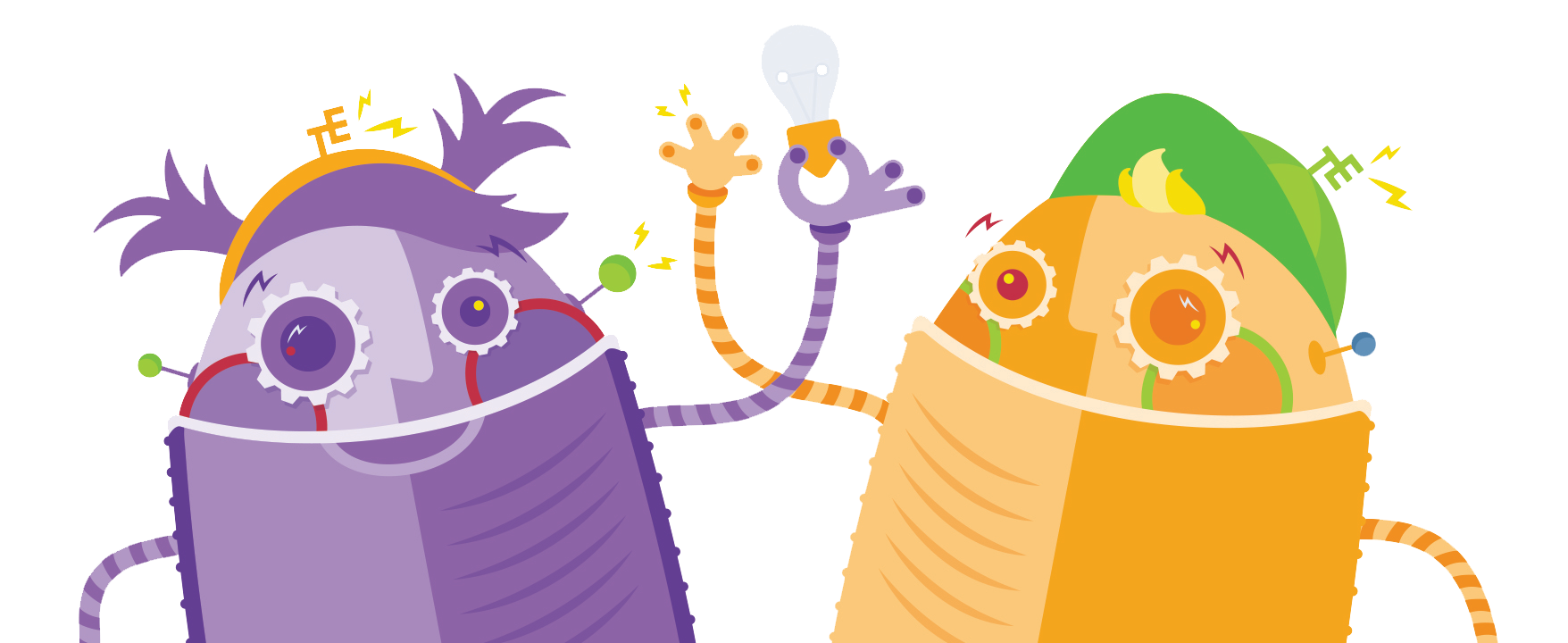Water
Water is essential to all living organisms, and engineers study, innovate and create new ways to provide clean water, preserve our ecosystem and keep our crops nourished around the world.
Water is critical for life to exist. Clean water is especially critical to humans, and access to clean water—and enough clean water—is a major problem humans face throughout the world. Access to clean water can be scarce during, and in the aftermath of, natural disasters.
Engineers must understand the water cycle, which is how water circulates through the atmosphere and is used over and over, to design and build products and processes that provide clean water to people and keep rivers and other bodies of water healthy for aquatic life around the world. The cycle of evaporation and condensation that controls the distribution of the earth's water as it evaporates from bodies of water, condenses into the atmosphere, precipitates and returns to those bodies of water is the water cycle, which is precious to all life on earth.
Before water comes out of the tap in your house, it goes through several treatment steps to make sure it is safe for human consumption. Civil, chemical and environmental engineers design the water treatment processes and facilities in cost-effective ways to meet the needs of communities and the ecosystem.
Engineering sustainable solutions to the world’s water challenges is intensifying as climate change impacts, coupled with a growing global population, focus on water as a precious resource in short supply for all uses – from drinking water, to meeting agricultural demands for irrigation, to industrial processes that use and contaminate huge quantities of water. Engineers must consider how our use of water impacts ecosystems around the globe. Their designs and use of natural resources to keep our water clean and safe have to maintain a balance.


Water Curricula

Dive into the world of water resource engineering with your K-12 students through the resources featured here, by grade band, and make sense of how your budding engineers learn firsthand how challenging dealing with the many demands on water can be!
Grades K-2
- Coming Soon!
Grades 3-5
- Where Has All the Water Gone?Where Has All the Water Gone?

Students learn about the Earth's water cycle, especially about evaporation.
- A Matter of LeachingA Matter of Leaching

Students leach organic matter from soil to create a water sample with high dissolved organic matter content (DOM), and then make filters to see if the DOM can be removed. They experience the difficulties of removing DOM from water, and learn about other processes that might make DOM removal more eff...
- Human Water CycleHuman Water Cycle

Students learn about the human water cycle, or how humans impact the water cycle by settling down in civilizations. Specifically, they learn how people obtain, use and dispose of water.
- Water Filtration Project: Make Your Own Water FiltersWater Filtration Project: Make Your Own Water Filters

Students are asked to design methods to filter water using ordinary materials, while also considering their designs' material and cost efficiencies. They learn about the importance of water and its role in our everyday lives.
- Snow vs. WaterSnow vs. Water

Students explore snowmelt as a source of fresh water that used in many communities. Students determine whether they think one cup of snow produces an equal amount of water. They use a model to explain how packed snow does not yield the same amount in fresh water.
- See More
Grades 6-8
- Tension Racers!Tension Racers!

Students see how different levels of surface tension affect water's ability to move. Teams "race" water droplets down tracks made of different materials, making measurements, collecting data, making calculations, graphing results and comparing to their predictions and the properties of each surface,...
- Pea Soup Ponds: Algae Investigation & Analysis for Water QualityPea Soup Ponds: Algae Investigation & Analysis for Water Quality

In this activity, students learn how water can be polluted by algal blooms. They grow algae with different concentrations of fertilizer or nutrients and analyze their results as environmental engineers working to protect a local water resource.
- Where Does All the Water Go?Where Does All the Water Go?

Students learn the vocabulary associated with groundwater and see a demonstration of groundwater flow. Students learn about the measurements that environmental engineers need when creating a groundwater model of a chemical plume.
- Floodplain ModelingFloodplain Modeling

Students explore the impact of changing river volumes and different floodplain terrain in experimental trials with table top-sized riverbed models. The models are made using modeling clay in aluminum baking pans placed on a slight incline.
- Stream ConsciousnessStream Consciousness

Students learn how environmental engineers monitor water quality in resource use and design. They employ environmental indicators to assess the water quality of a nearby stream. Students make general observations of water quality as well as count the number of macroinvertabrates and use the informat...
- See More
Grades 9-12
- Water Use and Conservation: Data Analysis for Central Tendency Water Use and Conservation: Data Analysis for Central Tendency

Students collect a large set of data learn how to use spreadsheets to graph the data and find mean, median, mode, and range. They compare their findings to the national average of water use per person per day and used to evaluate how much water would need to be provided in a town recovering from a d...
- Would You Drink That?Would You Drink That?

This activity focuses on getting students to think about bacteria, water quality and water treatment processes. Students develop and test their hypotheses about the "cleanliness" of three water samples prepared by the teacher. Then they grow bacteria in Petri dishes from the water samples.
- Making Dirty Water Drinkable! Making Dirty Water Drinkable!

Students create a water bottle from common materials used in purification tools that can clean dirty water as an inexpensive alternative to a modern filter. Students may iterate upon their design based off their experiment and the designs of their classmates after initial testing.
- Flocculants: The First Step to Cleaner Water!Flocculants: The First Step to Cleaner Water!

Students experience firsthand one of the most common water treatment types in the industry today, flocculants. They learn how the amount of suspended solids in water is measured using the basic properties of matter and light. In addition, they learn about the types of solids that can be found in wat...
- Things That Matter to Flocculants Things That Matter to Flocculants

In this activity, students learn about two commonly used flocculants and clean water collected from a local pond or river. They experiment with flocculant, stirring and pH variables.
- See More





















































































